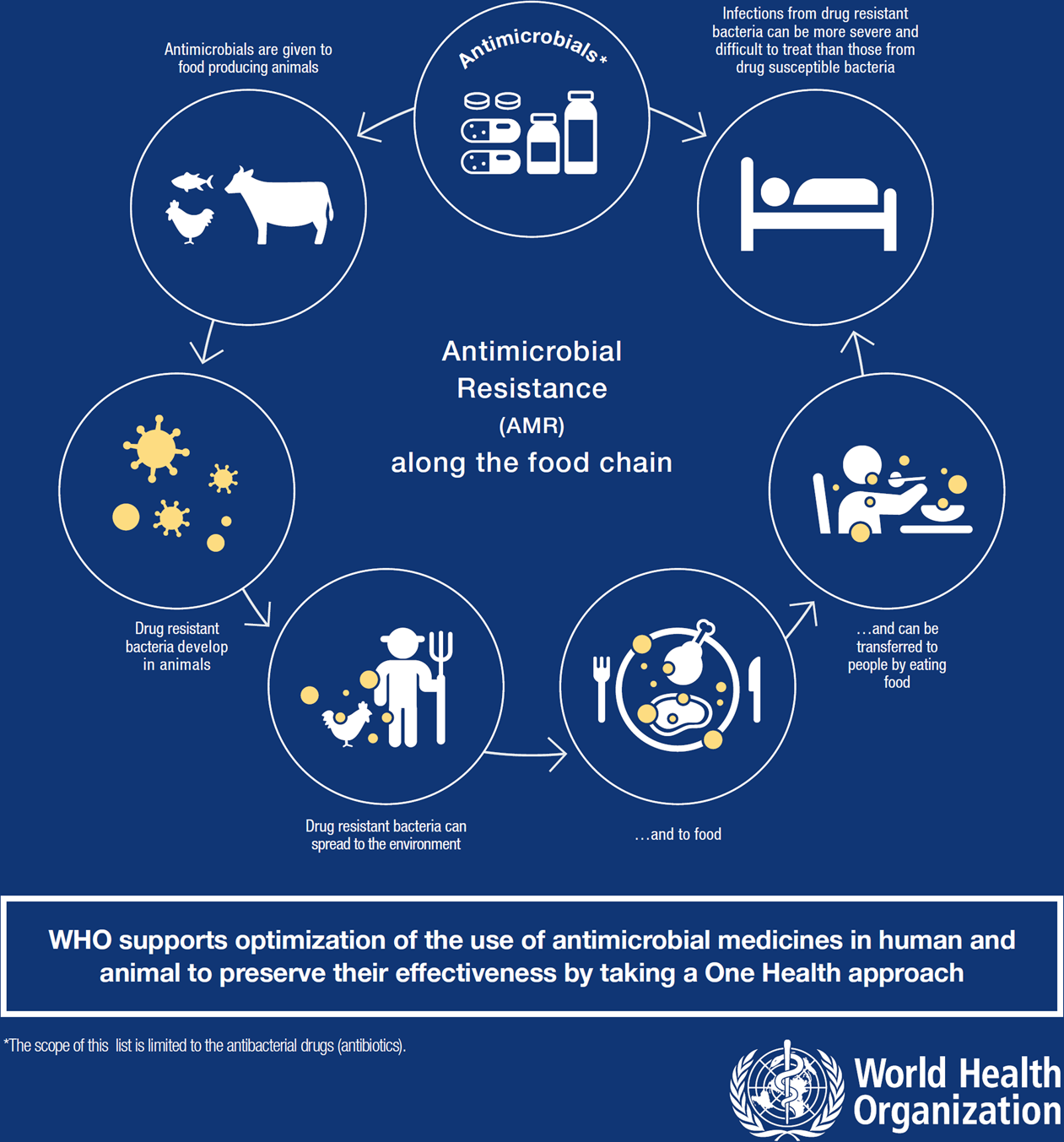From UPSC perspective, the following things are important :
Prelims level: H1 Rule
Mains level: Addressing AMR requires a holistic approach

Central Idea:
The National Centre for Disease Control (NCDC) conducted a study revealing that over half of the surveyed hospital patients in India were given antibiotics preventively rather than for treatment. This overuse of antibiotics poses a significant risk as India already faces a high burden of drug-resistant pathogens, contributing to antimicrobial resistance (AMR). Experts Sumit Ray and Abdul Ghafur discuss the causes, consequences, and potential solutions to this issue, emphasizing the need for judicious antibiotic use and addressing systemic challenges.
Key Highlights:
- Antimicrobial Resistance (AMR): AMR refers to microorganisms becoming resistant to antibiotics. India is grappling with high levels of drug-resistant bacteria, impacting patient outcomes negatively.
- Factors Leading to AMR: Inappropriate antibiotic use, lack of rapid diagnostics, insufficient training, inadequate monitoring, and pharmaceutical industry incentives contribute to the rise of AMR.
- NCDC Survey Findings: The survey showed that 55% of patients received antibiotics as a preventive measure, indicating a potential over-prescription issue.
- Root Causes of Over-Prescription: Overcrowded hospitals, limited access to rapid diagnostics, and economic factors drive doctors to opt for antibiotics as a quicker and cheaper alternative.
- Immediate Threat: The immediate danger is evident in the survey’s findings, with a significant percentage of patients exhibiting resistance to various generations of antibiotics, leading to poor health outcomes.
- AMR as a Complex Challenge: AMR is not solely a medical issue but a complex challenge involving socio-economic, political, and infrastructural factors.
Key Challenges:
- Over-Prescription: Doctors tend to prescribe antibiotics unnecessarily due to factors like overcrowded hospitals, limited time for examinations, and inadequate diagnostic facilities.
- Lack of Rapid Diagnostics: The absence of quick and affordable diagnostic tools contributes to the inappropriate use of antibiotics.
- Systemic Issues: Weak governance, inadequate sanitation, poverty, and limited access to clean water are interconnected factors contributing to AMR.
- Implementation Gap: Existing guidelines for antibiotic use exist, but there is a gap in their implementation, leading to over-prescription.
- Incentivization in Pharma Industry: The pharmaceutical industry’s encouragement of certain prescribing practices exacerbates the problem.
Key Terms/Phrases:
- Antimicrobial Resistance (AMR): Microorganisms becoming resistant to antibiotics.
- Over-the-Counter Antibiotics: Antibiotics available without a prescription.
- H1 Rule: Regulation prohibiting certain antibiotics without a prescription.
- Colistin: A potent antibiotic, banned for growth promotion in poultry farming.
- Third/Fourth-Generation Antibiotics: Antibiotics of advanced generations, facing resistance in bacterial strains.
Key Quotes:
- “I treat infections in cancer patients, who are the most immuno-compromised patients you can come across. Patients are losing their lives because of AMR.” – Abdul Ghafur
- “What is essential is the linking of labs to all levels of clinical setups and the fast transmission of infection-related data between the lab and the clinician.” – Sumit Ray
Key Examples and References:
- National Centre for Disease Control (NCDC) survey on antibiotic use in Indian hospitals.
- Indian government’s 2019 ban on colistin use in poultry farming.
Critical Analysis:
- Overcrowded hospitals and limited diagnostic access drive over-prescription.
- Addressing AMR requires a holistic approach, considering socio-economic factors.
Way Forward:
- Restrict access to reserve antibiotics to reduce resistance.
- Improve public health systems, delivery, and sanitation to curb AMR.
- Enforce existing laws, such as the ban on over-the-counter antibiotic sales.
In conclusion, addressing the overuse of antibiotics in India requires a multifaceted approach, involving improvements in healthcare infrastructure, diagnostic capabilities, and enforcement of regulations. The goal is to mitigate the immediate threat of AMR and ensure the judicious use of antibiotics for effective treatment.
Get an IAS/IPS ranker as your 1: 1 personal mentor for UPSC 2024
